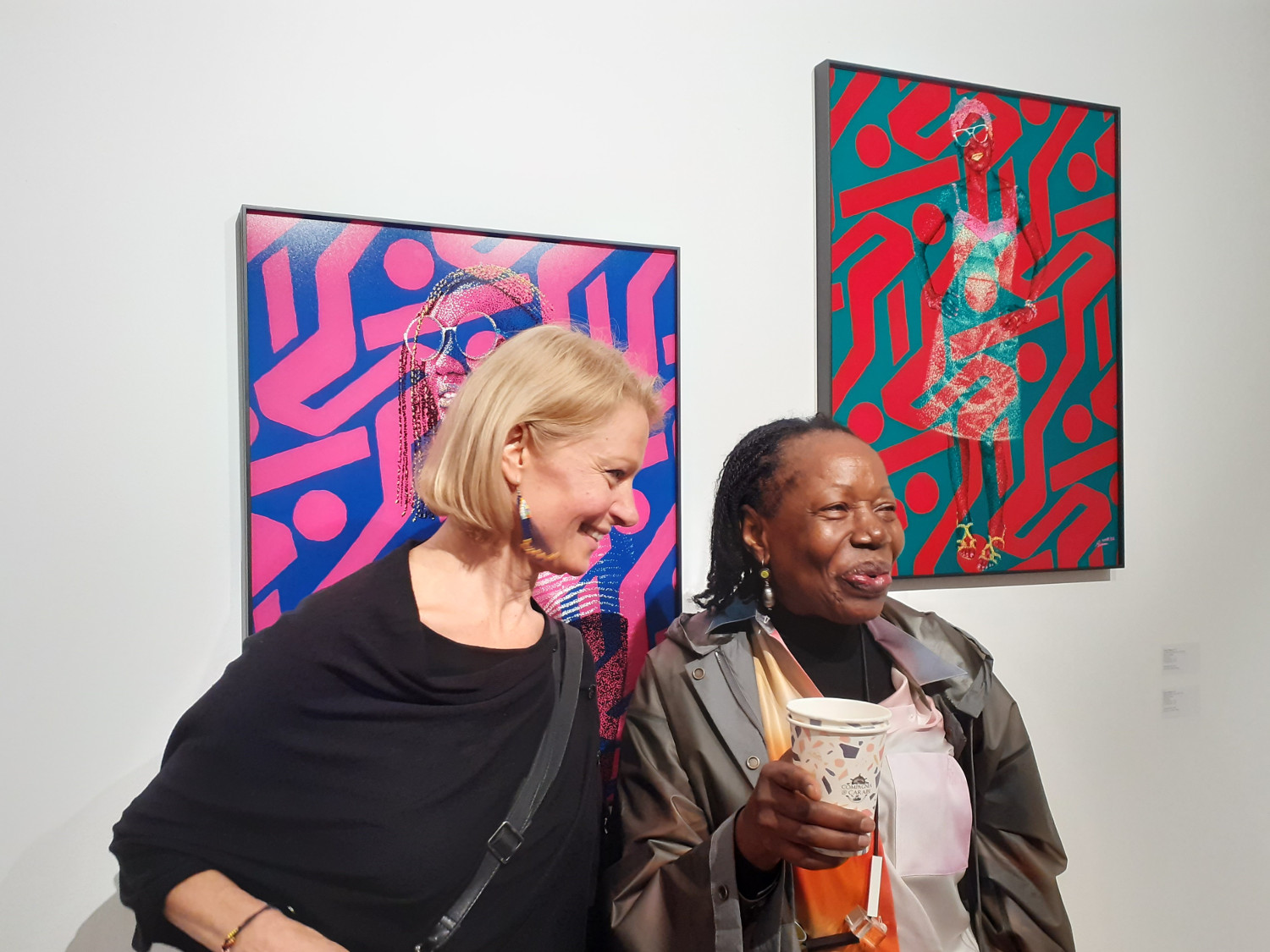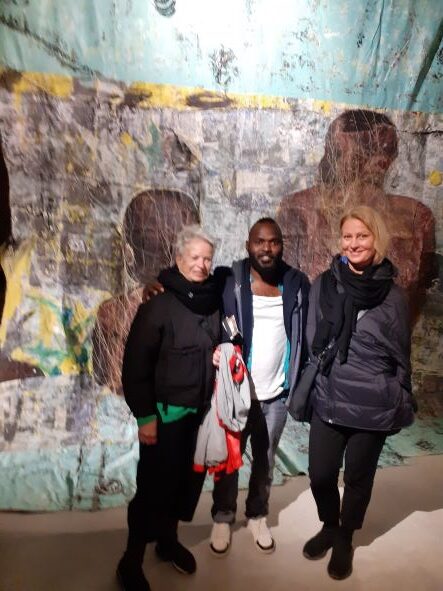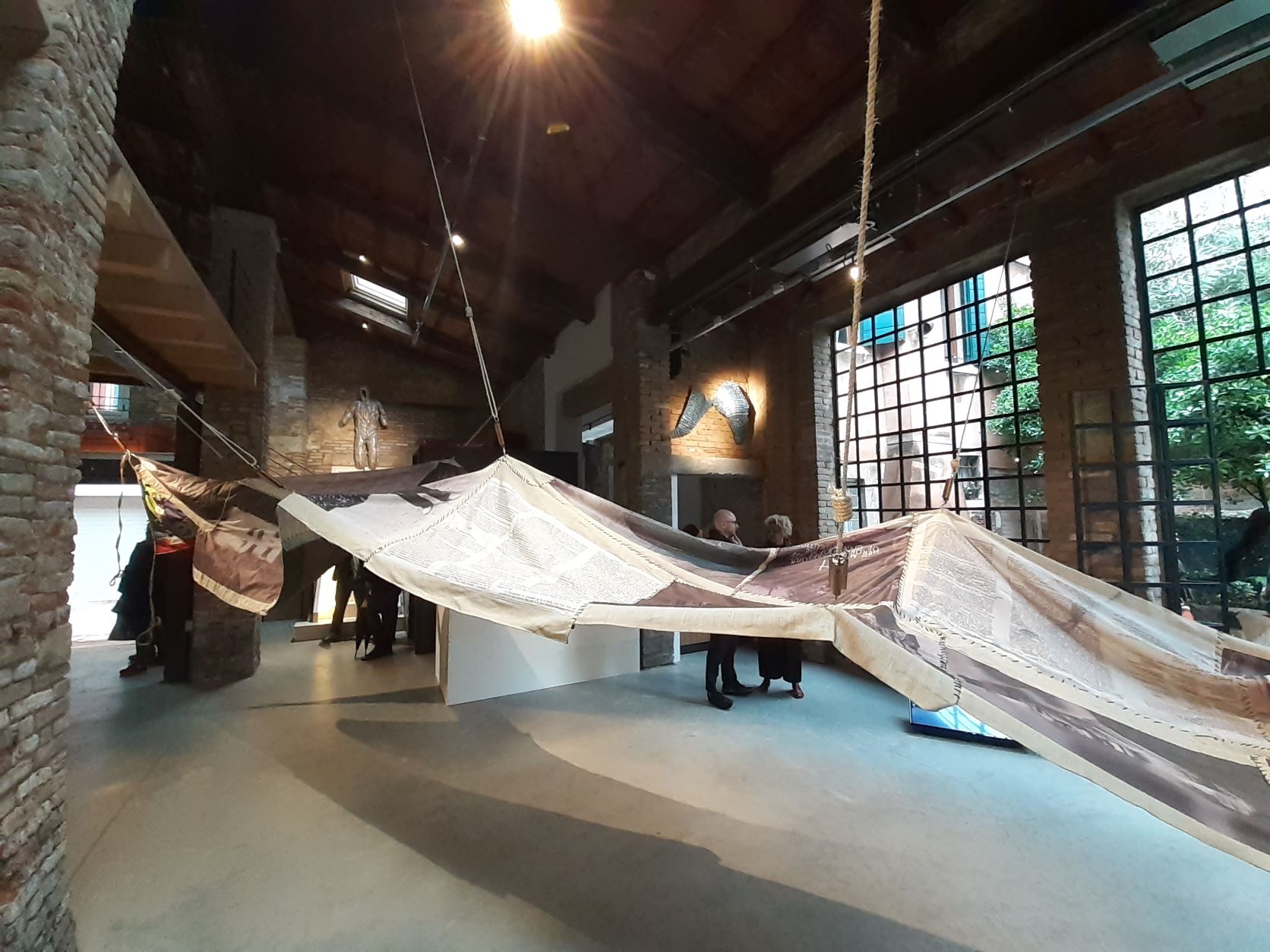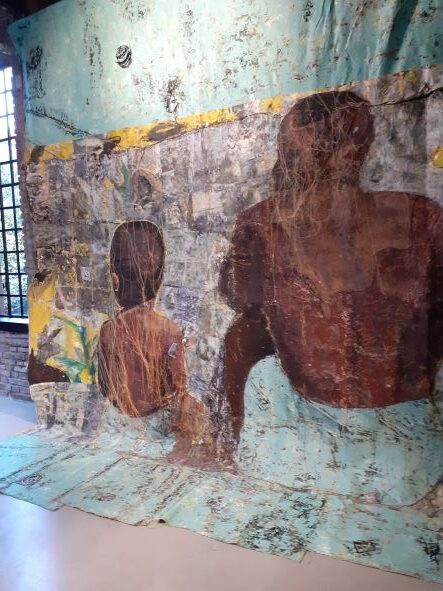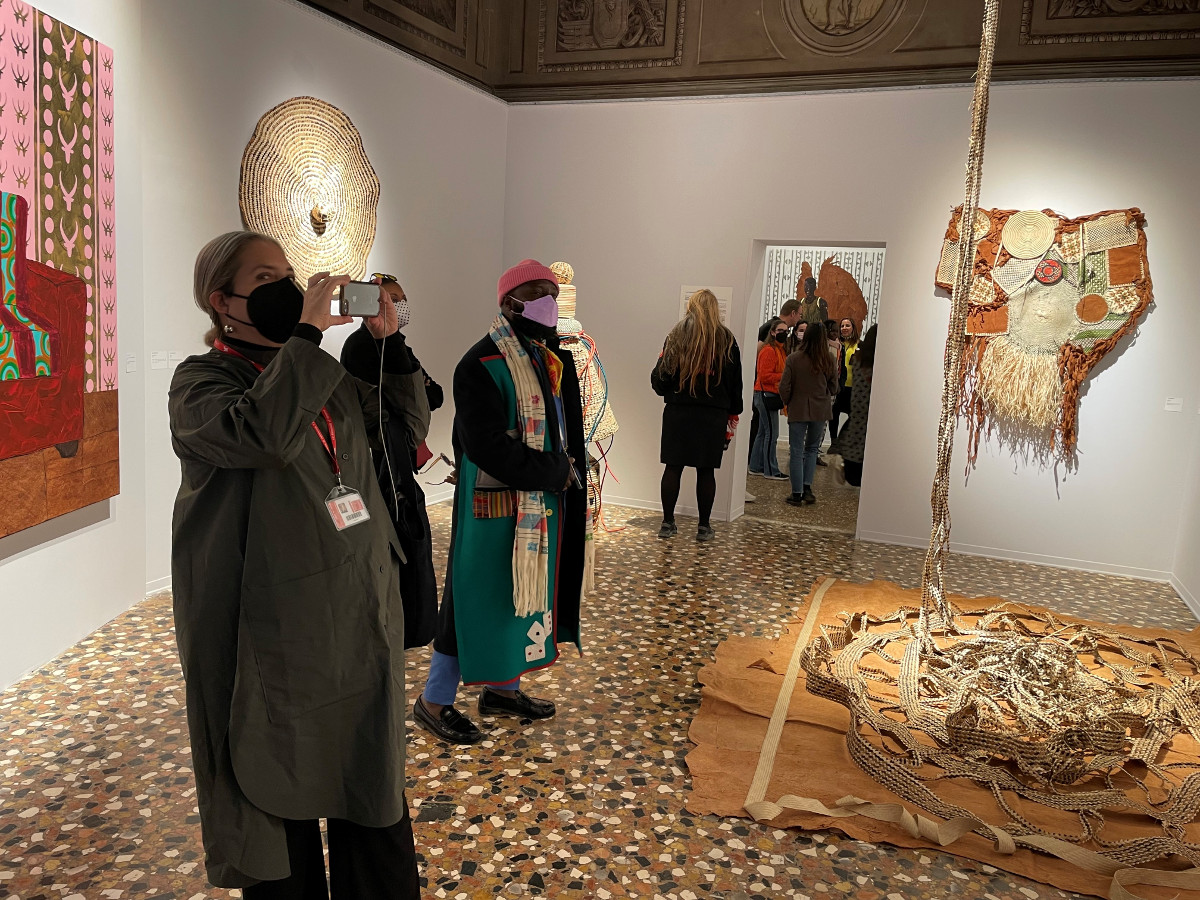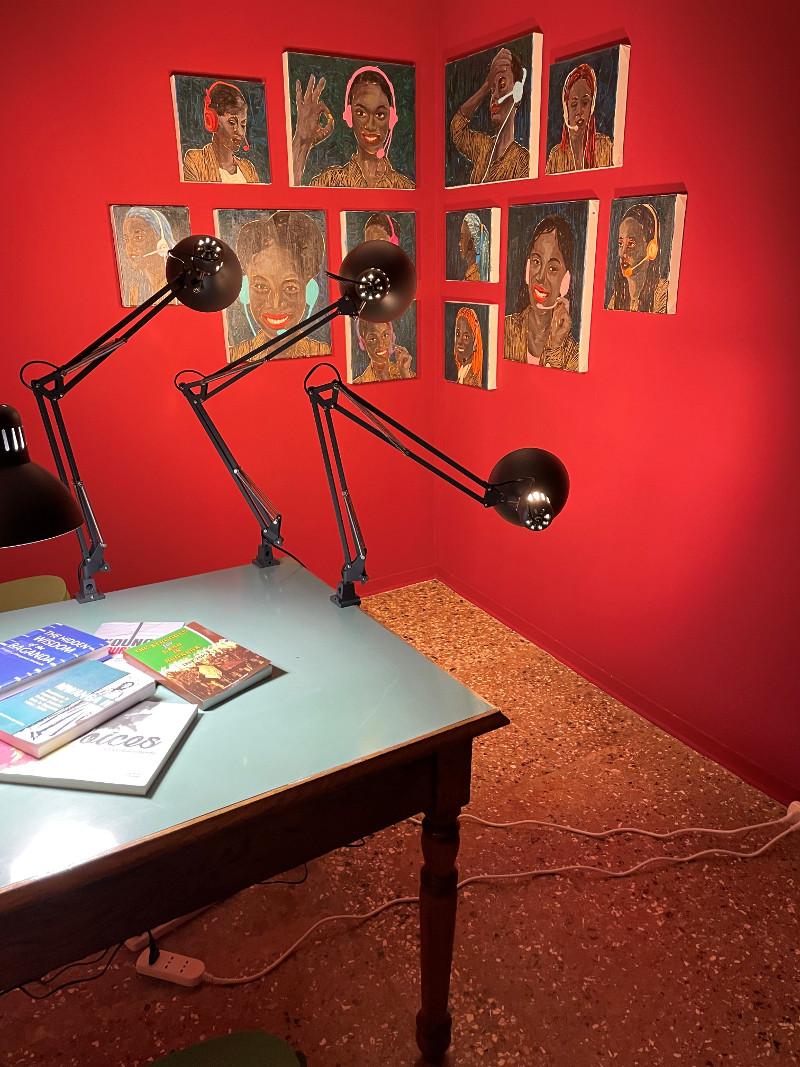Artists from East Africa enjoyed a share of the limelight during opening festivities at the 59th Venice Biennale, the global art fair that brings together artists, curators, collectors and art lovers in the City of Canals. Marlena Chybowska-Butler from the National Museum in Szczecin participated in the three-day preview accorded to institutional professionals and journalists by the festival’s organizers. In addition to seeing works by artists from the region invited to participate in the ‘The Milk of Dreams’ exhibition, including Mombasa native Cosima von Bonin’s adornment of the Giardini Central Pavilion’s façade, and the exceptional Kenyan sculptor Magdalene Odundo’s pieces at the Arsenale, MCB attended the opening of the Kenyan pavilion in Cannaregio, also met with Ugandan artists at a gala overlooking the Grand Canal hosted by the Akka Project, which operates commercial galleries in Venice and Dubai.
Returning after an absence in 2019, the Kenya pavilion is themed ‘Exercises in Conversation’ and features works by Wanja Kmani, Syowia Kyambi, Kaloki Nyamai and Dickens Otieno. Their painting, sculpture, and video installations illustrate relationship dynamics between speakers and listeners fill the Fabrica 33 gallery that has been secured for the Biennale’s run.
The exhibition marks a triumph for Malindi-based curator Jimmy Ogonga, whose effort in 2017 suffered after promised government support never materialized and left artists unpaid for their participation. It followed a series of privately organized efforts that angered both politicians and artmakers when Kenyan artists largely were left out of those iterations in favor of artists from other countries; notably, China. “Venice is a pedagogical process in that we built this from scratch,” Ogonga said, calling the work done five years ago “planting a flag”.
Amina Mohamed, Cabinet Secretary for Sport, Heritage and Cultural, made the trip from Nairobi to open the show. She vowed those oversights would not be repeated thanks to steps taken under her administration that are seeing support of cultural pursuits no longer subordinated to their athletic counterparts. “The recognition exists in our government that artists have an important role to play in promoting Kenya on the world stage,” she said, lauding the works and their creators as representative of the country’s creative potential.
Among those in attendance were Simon Njami, a Swiss-born curator, writer and professor of Cameroon heritage, who advised on the 2017 exhibition. And Maria Amelina, founder of the East African Museum of Art-Nairobi (EAMAN), an organization that is building a facility in the Kenyan capital to showcase the region’s artistic output. Both stressed the importance of government support in ensuring that projects like the national pavilion and EAMAN possess the foundational stability to make the institutions sustainable.
Works by artists Acaye Kerunen and Colin Sekajugo feature in the first-ever Ugandan pavilion, which appears under the banner ‘Radiance: They dream in time’. Curated by Tanzanian artist, critic and writer Shaheen Merali, the pavilion so impressed organizers that they cited it for special mention at the Biennale awards ceremony that took place at the opening of the exhibition. In accepting the accolade, Merali called Kerunen, who fashions sculpture and wall hangings from woven baskets used by villagers in Uganda’s wetlands, and Sekajugo, who works with embroidery in mixed-media collage, storytellers “who are feted to tirelessly produce magic from the imaginary”.
The pair were present at the opening of an exhibition called ‘African Identities’ that is taking place at the Akka Project gallery owned by Lidija Khachaturian, who showcases art from the continent. A number of artists from the region enjoy representation at the gallery, including painters Dennis Muraguri and Shabu Mwangi, and sculptor Cyrus Kabiru. In attendance at the event were Nairobi-based painter Paul Onditi, whose work is being shown by the European Cultural Centre at the Palazzo Bembo. And Evans Mbuguwa, a Kenyan painter living in Paris whose work features in the ‘African Identities’ exhibition.
Magdalene Odundo’s appearance proved a highlight as it offered a chance for meaningful discussions about the state of artmaking in the region. Long based in Britain, the sculptor who was reared in Kilifi County expressed her support for TPAAE and sees the type of formal training the project is creating at Pwani University as contingent if the East African art scene is to mature. “The institutionalization of artmaking and art practice is vital if we are to move beyond the status of emerging from our colonial past,” she said. “The structure that our artists operate under was established a hundred years ago. That has to change if the country is to become a center of art in its own right.”

